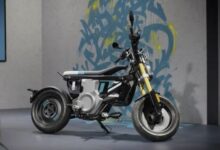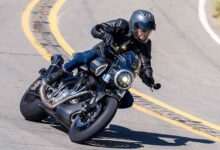A Century of Supercharged and Turbocharged Motorcycles
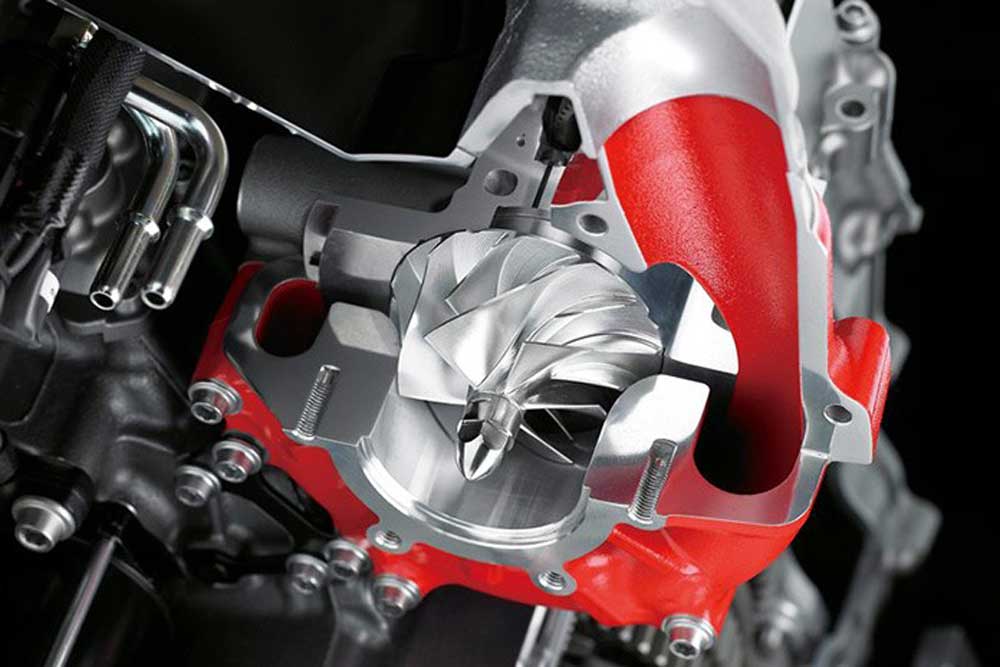
Supercharging and turbocharging are two technologies that have revolutionized the world of motorcycles. These technologies have been around for over a century, and they have played a significant role in the development of motorcycles. Supercharged and turbocharged motorcycles offer improved performance, better acceleration, and higher speeds. In this article, we will explore the history of supercharged and turbocharged motorcycles, their benefits, and the impact they have had on the motorcycle industry.
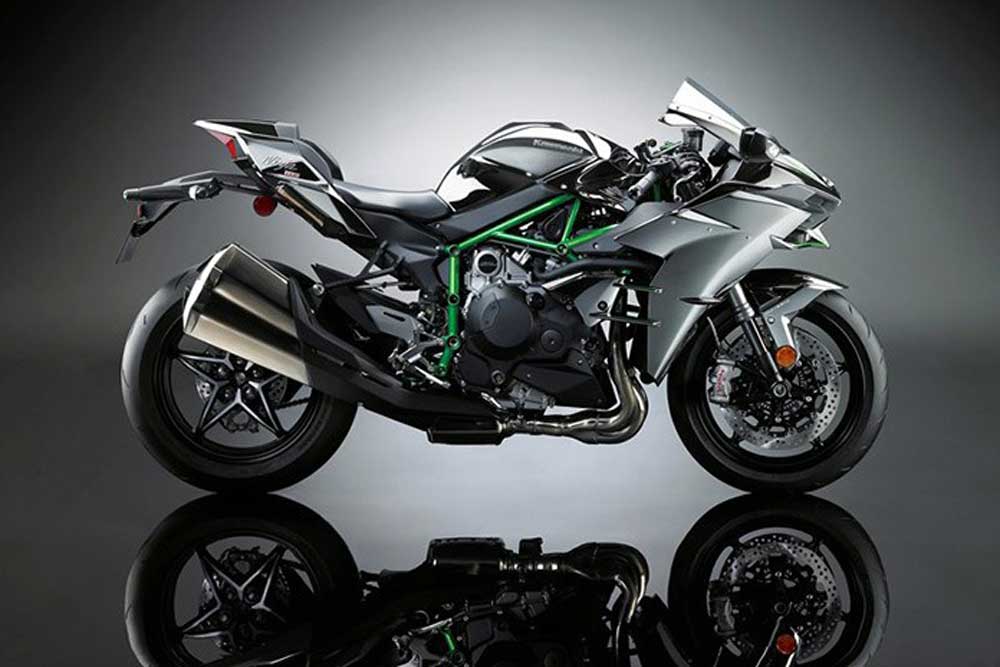
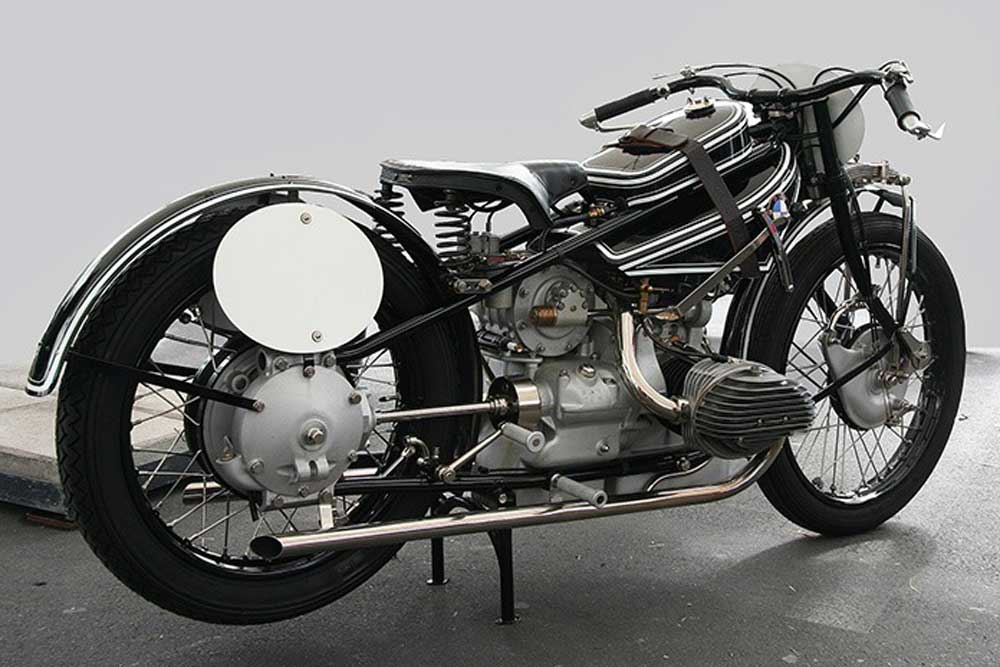
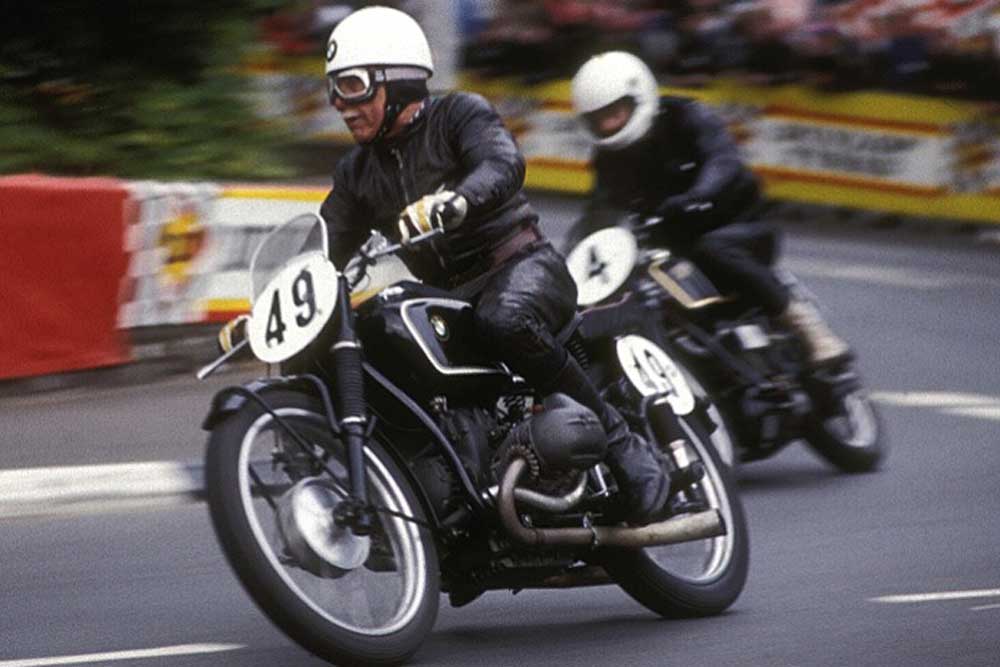
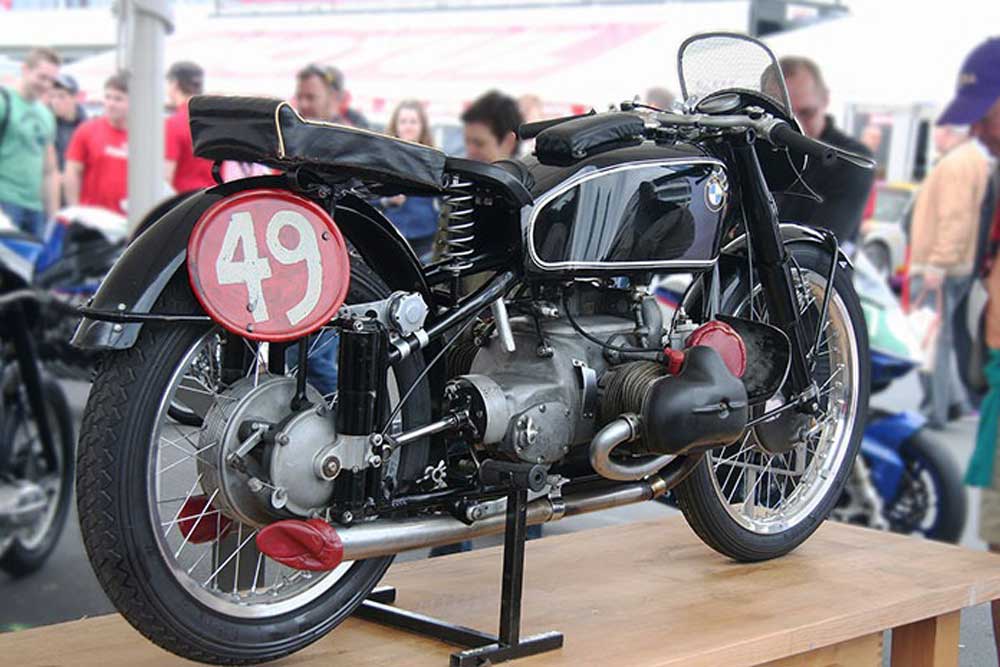
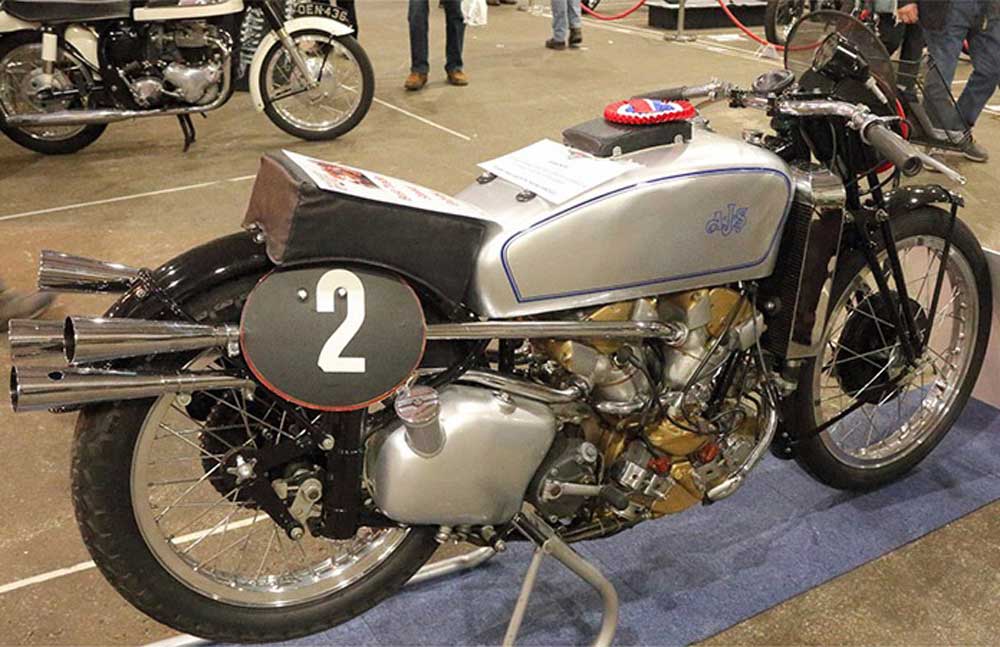
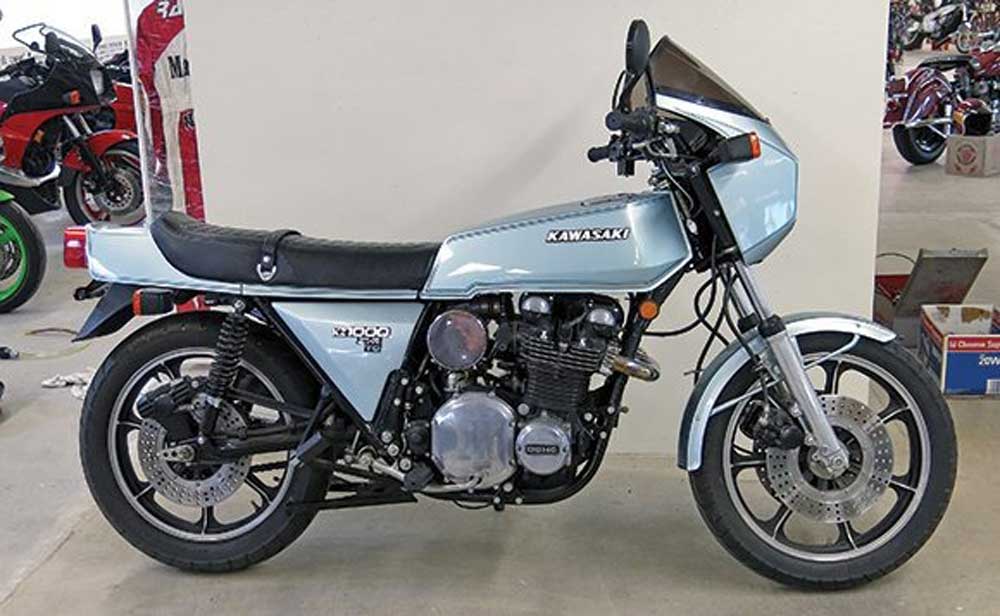
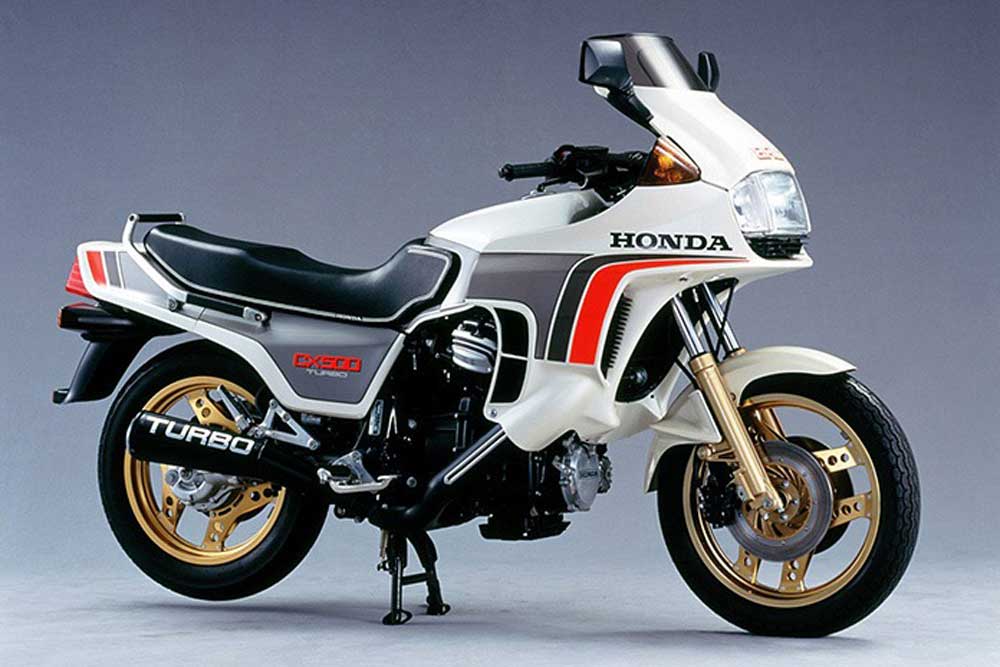
Contents
- 1 The Early Days
- 2 The Benefits of Supercharging and Turbocharging
- 3 Supercharged and Turbocharged Motorcycles Today
- 4 The Impact of Supercharged and Turbocharged Motorcycles
- 5 The Early Days
- 6 The Benefits of Supercharging and Turbocharging
- 7 Supercharged and Turbocharged Motorcycles Today
- 8 The Impact of Supercharged and Turbocharged Motorcycles
- 9 Conclusion
The Early Days
The first motorcycle to be supercharged was the 1918 Indian Model O. This bike had a Roots-type supercharger mounted above the engine, which boosted its power output from 15 horsepower to 28 horsepower. This increase in power made the Model O one of the fastest motorcycles of its time, with a top speed of around 100 mph.
The first turbocharged motorcycle was the 1978 Kawasaki Z1R-TC. This bike had a turbocharger mounted on the side of the engine, which boosted its power output from 90 horsepower to 130 horsepower. The Z1R-TC was the fastest production motorcycle of its time, with a top speed of 147 mph.
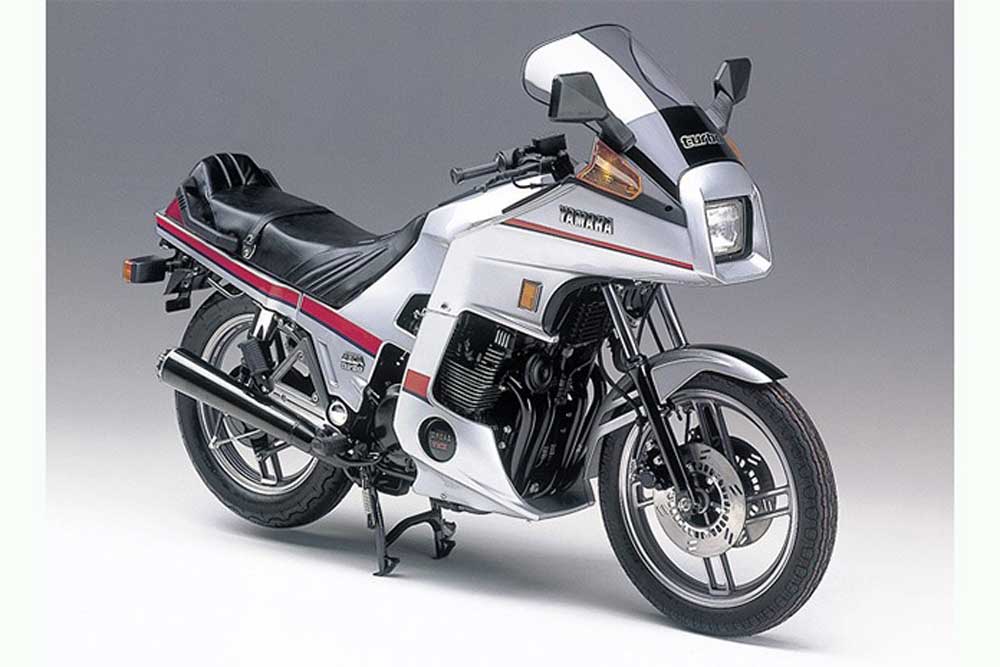

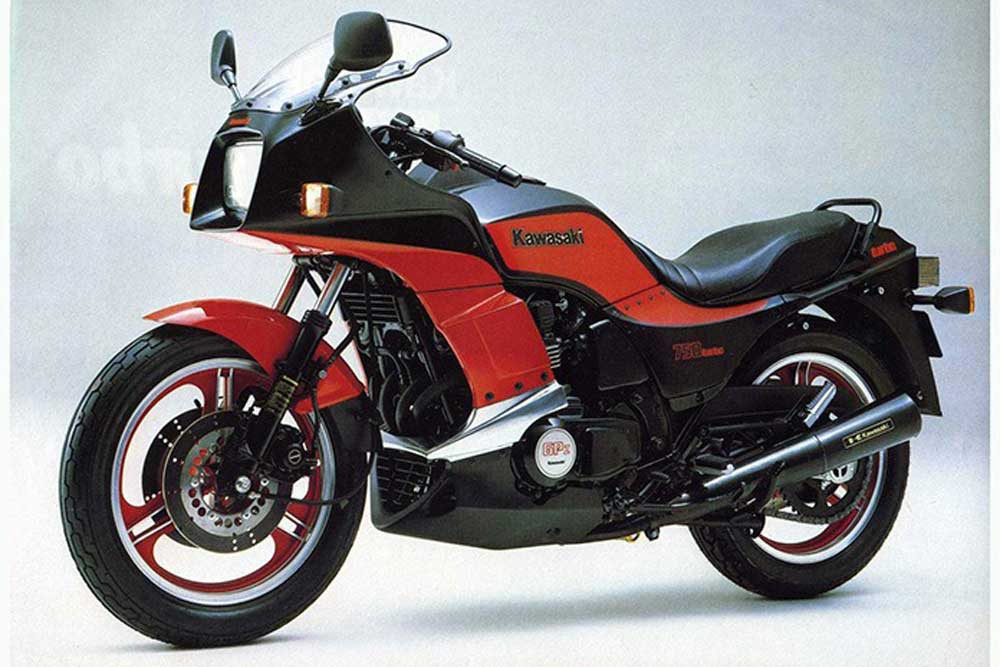
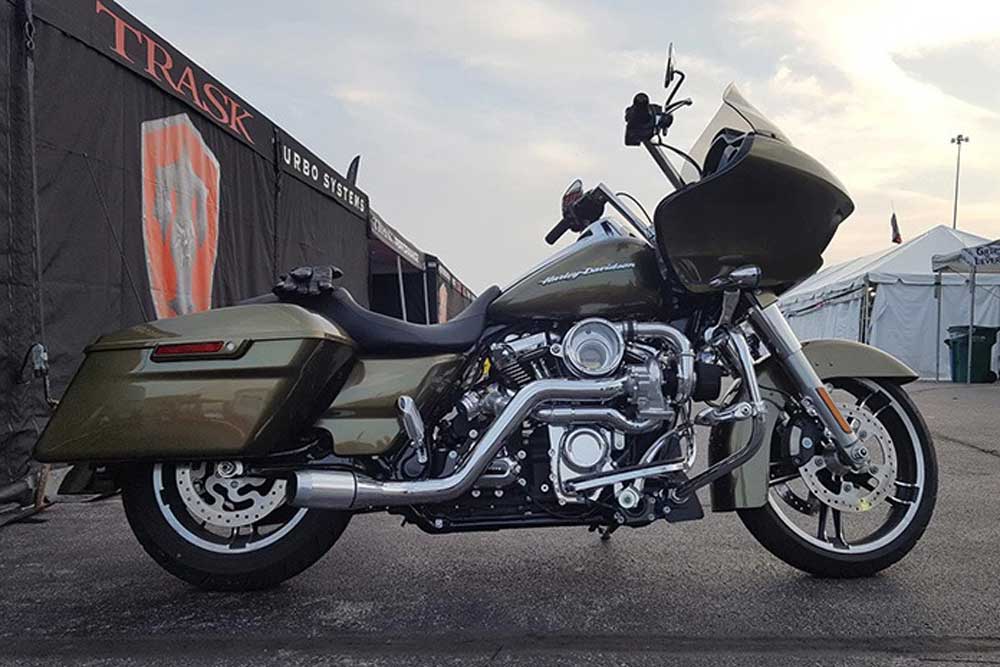
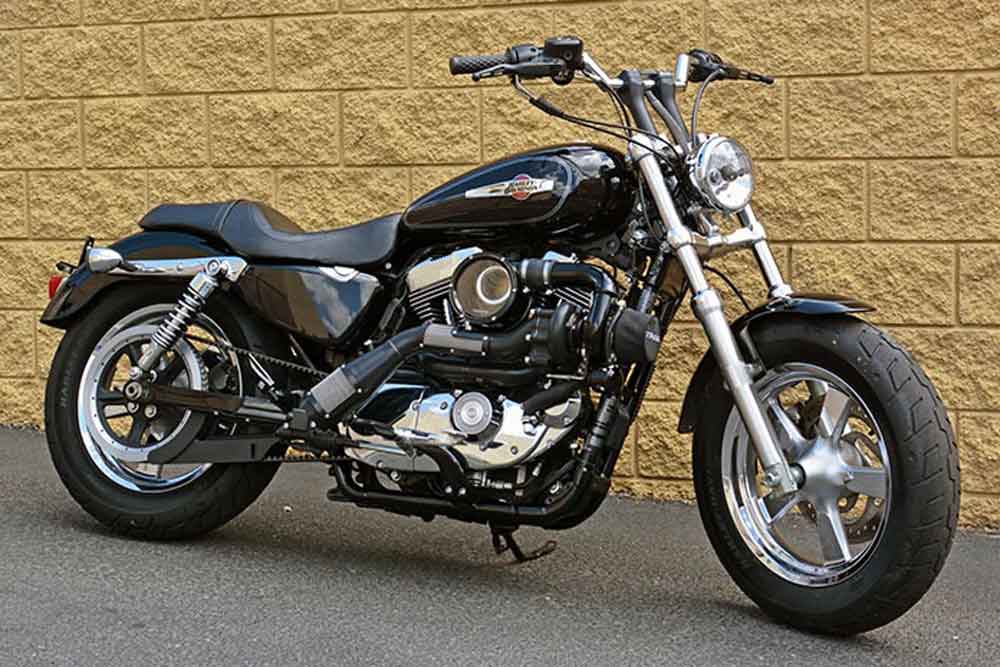
The Benefits of Supercharging and Turbocharging
Supercharging and turbocharging offer several benefits to motorcycles. The most significant benefit is increased power output. Superchargers and turbochargers force more air into the engine, which increases the amount of fuel that can be burned, resulting in more power. This increased power output leads to better acceleration and higher top speeds.
Another benefit of supercharging and turbocharging is improved engine efficiency. Superchargers and turbochargers can help engines burn fuel more efficiently, which can lead to better fuel economy. This improved efficiency also results in reduced emissions, which is essential in today’s world of increasing environmental awareness.
Supercharged and Turbocharged Motorcycles Today
Today, supercharging and turbocharging are still used in motorcycles, but the technology has advanced significantly since the early days. Modern superchargers and turbochargers are much more efficient than their early counterparts, and they are often used in conjunction with other technologies, such as fuel injection and variable valve timing.
One example of a modern supercharged motorcycle is the Kawasaki H2R. This bike has a supercharged 998cc engine that produces a massive 310 horsepower. The H2R is the fastest production motorcycle in the world, with a top speed of over 200 mph.
Another example of a modern turbocharged motorcycle is the Yamaha VMAX. This bike has a 1,679cc V4 engine that produces 200 horsepower. The VMAX is known for its muscular acceleration and impressive top speed of around 150 mph.
The Impact of Supercharged and Turbocharged Motorcycles
Supercharged and turbocharged motorcycles have had a significant impact on the motorcycle industry. These technologies have pushed the boundaries of what is possible with motorcycle engines, resulting in faster, more powerful bikes. Supercharging and turbocharging have also led to the development of new technologies, such as fuel injection and variable valve timing, which have further improved engine performance and efficiency.
Supercharged and turbocharged motorcycles have also played a role in motorcycle racing. These technologies have been used in various forms of motorcycle racing, from drag racing to road racing. Supercharged and turbocharged bikes have set records and won championships, proving their worth on the track.
The Early Days
The first motorcycle to be supercharged was the 1918 Indian Model O. This bike had a Roots-type supercharger mounted above the engine, which boosted its power output from 15 horsepower to 28 horsepower. This increase in power made the Model O one of the fastest motorcycles of its time, with a top speed of around 100 mph.
The first turbocharged motorcycle was the 1978 Kawasaki Z1R-TC. This bike had a turbocharger mounted on the side of the engine, which boosted its power output from 90 horsepower to 130 horsepower. The Z1R-TC was the fastest production motorcycle of its time, with a top speed of 147 mph.
The Benefits of Supercharging and Turbocharging
Supercharging and turbocharging offer several benefits to motorcycles. The most significant benefit is increased power output. Superchargers and turbochargers force more air into the engine, which increases the amount of fuel that can be burned, resulting in more power. This increased power output leads to better acceleration and higher top speeds.
Another benefit of supercharging and turbocharging is improved engine efficiency. Superchargers and turbochargers can help engines burn fuel more efficiently, which can lead to better fuel economy. This improved efficiency also results in reduced emissions, which is essential in today’s world of increasing environmental awareness.
Supercharged and Turbocharged Motorcycles Today
Today, supercharging and turbocharging are still used in motorcycles, but the technology has advanced significantly since the early days. Modern superchargers and turbochargers are much more efficient than their early counterparts, and they are often used in conjunction with other technologies, such as fuel injection and variable valve timing.
One example of a modern supercharged motorcycle is the Kawasaki H2R. This bike has a supercharged 998cc engine that produces a massive 310 horsepower. The H2R is the fastest production motorcycle in the world, with a top speed of over 200 mph.
Another example of a modern turbocharged motorcycle is the Yamaha VMAX. This bike has a 1,679cc V4 engine that produces 200 horsepower. The VMAX is known for its muscular acceleration and impressive top speed of around 150 mph.
The Impact of Supercharged and Turbocharged Motorcycles
Supercharged and turbocharged motorcycles have had a significant impact on the motorcycle industry. These technologies have pushed the boundaries of what is possible with motorcycle engines, resulting in faster, more powerful bikes. Supercharging and turbocharging have also led to the development of new technologies, such as fuel injection and variable valve timing, which have further improved engine performance and efficiency.
Supercharged and turbocharged motorcycles have also played a role in motorcycle racing. These technologies have been used in various forms of motorcycle racing, from drag racing to road racing. Supercharged and turbocharged bikes have set records and won championships, proving their worth on the track.
Conclusion
Supercharging and turbocharging have been around for over a century, and they have played a significant role in the development of motorcycles. These technologies offer improved performance, better acceleration, and higher speeds. Supercharged and turbocharged motorcycles have pushed the boundaries of what is possible with motorcycle engines, resulting in faster, more powerful bikes. These technologies have also led to the development of newtechnologies, such as fuel injection and variable valve timing, which have further improved engine performance and efficiency.
As technology continues to advance, it’s exciting to think about what the future of supercharging and turbocharging will look like for motorcycles. With the increasing demand for electric and hybrid vehicles, it’s possible that we may see a shift towards electric superchargers or turbochargers, which could revolutionize the industry once again.
Regardless of what the future holds, it’s clear that supercharged and turbocharged motorcycles have made a significant impact on the industry over the past century. These technologies have pushed the limits of what is possible with motorcycle engines and have paved the way for the development of new and innovative technologies. As motorcycle enthusiasts, we can’t wait to see what the next century of supercharged and turbocharged motorcycles will bring.technologies, such as fuel injection and variable valve timing, which have further improved engine performance and efficiency.





